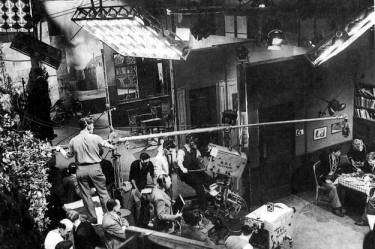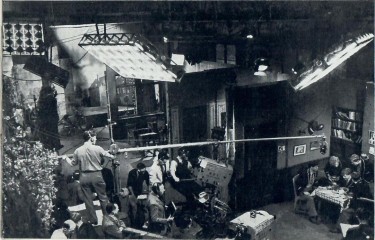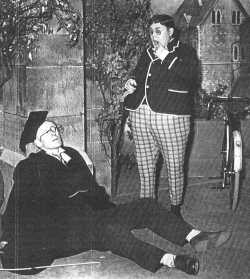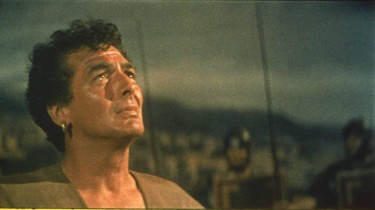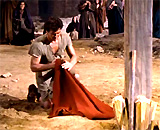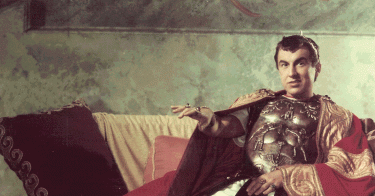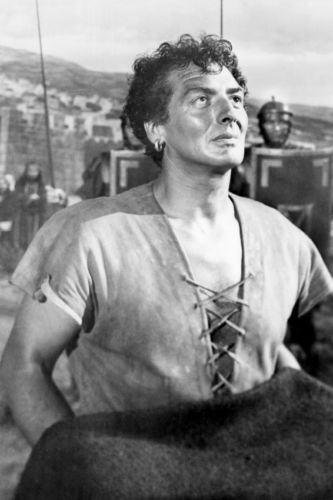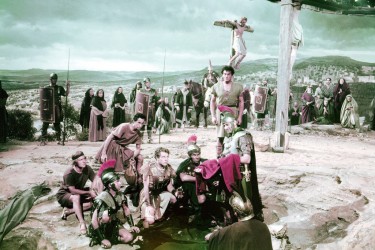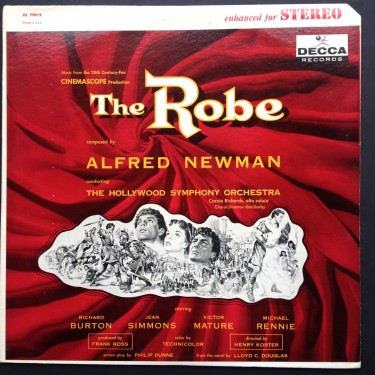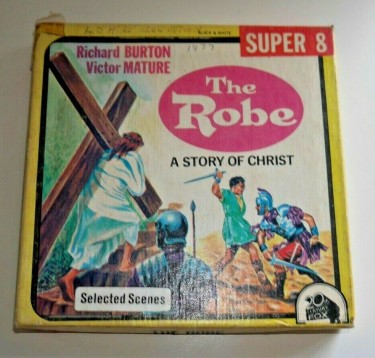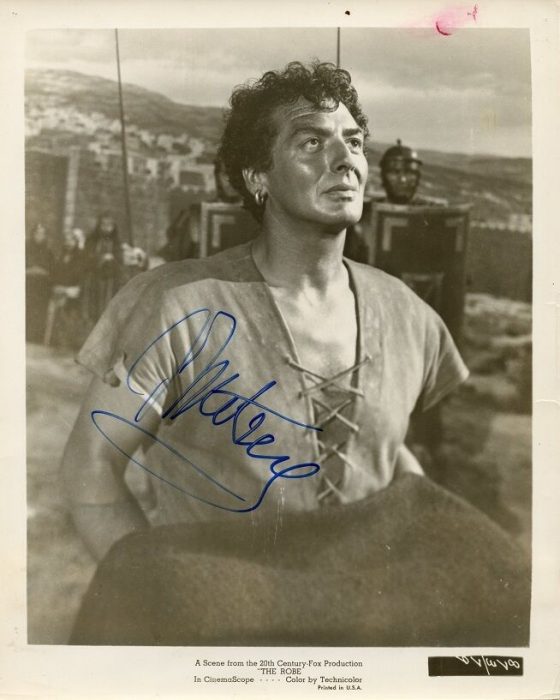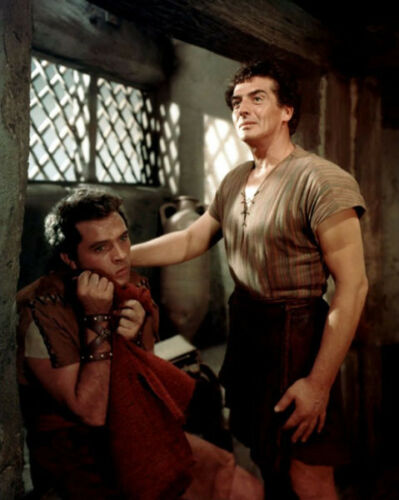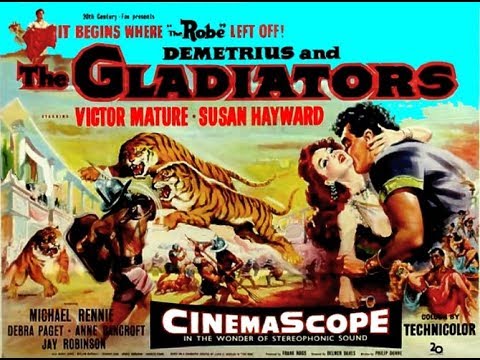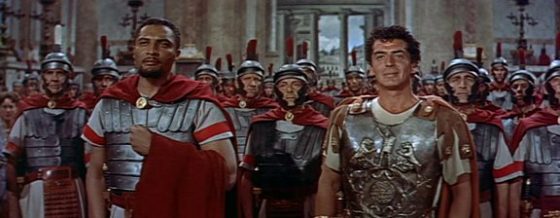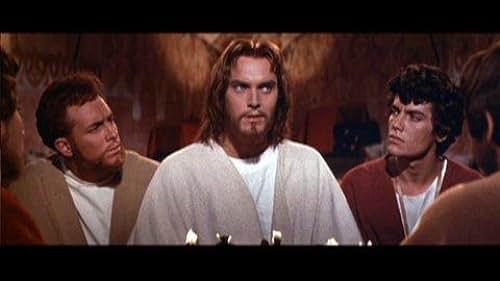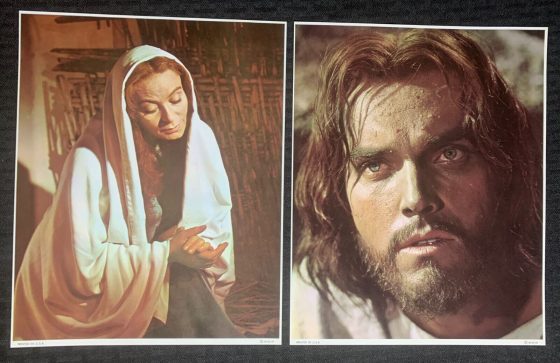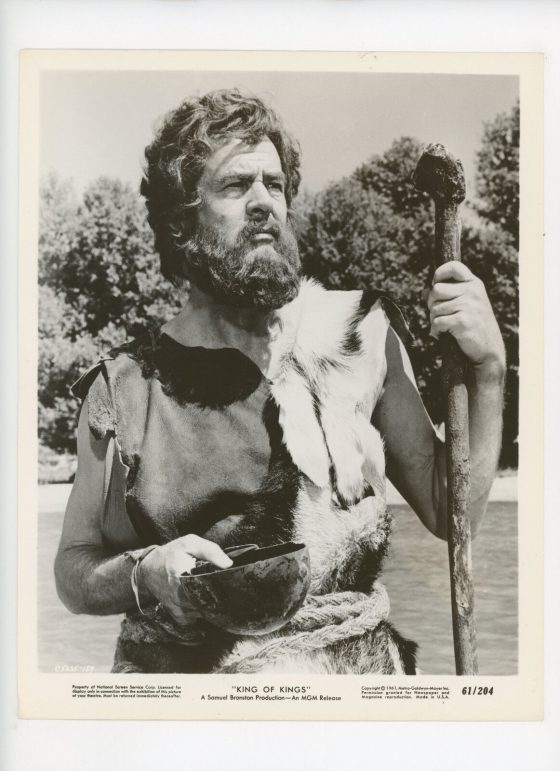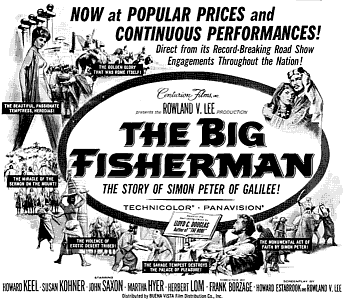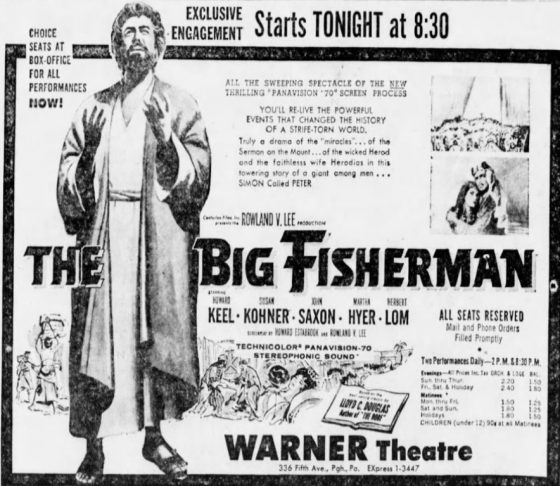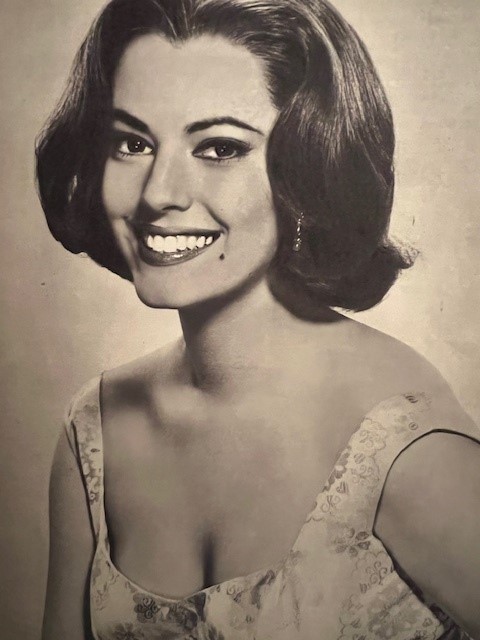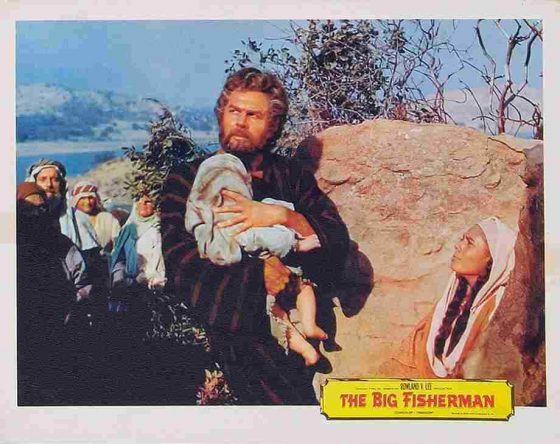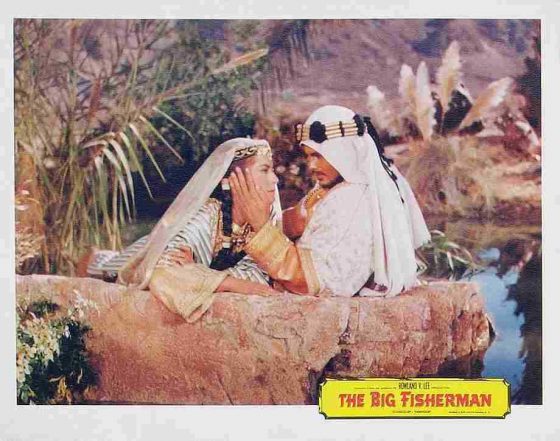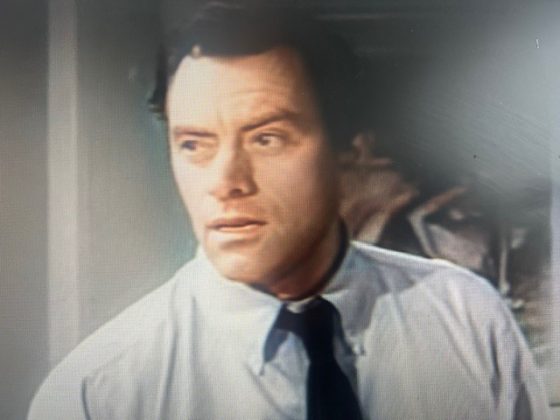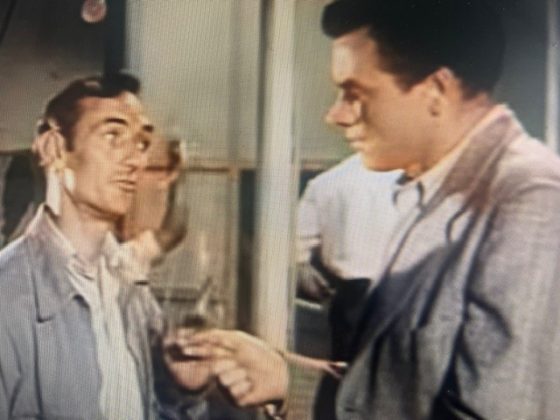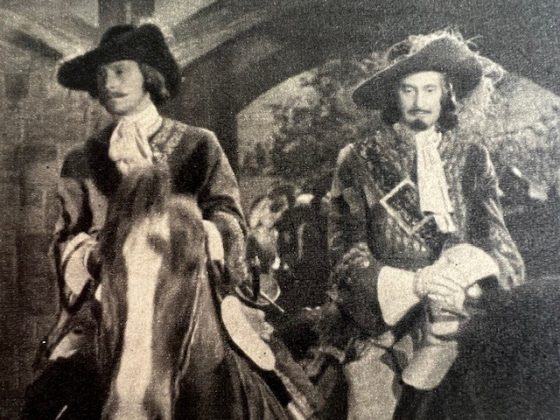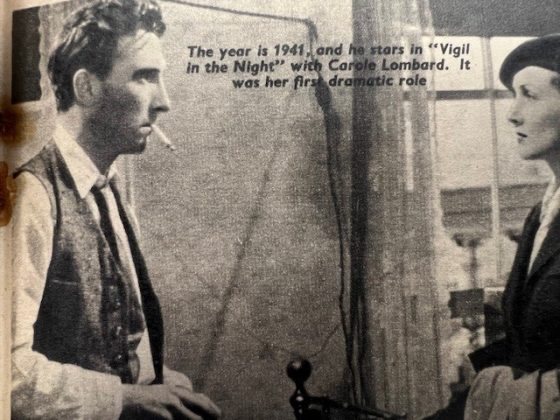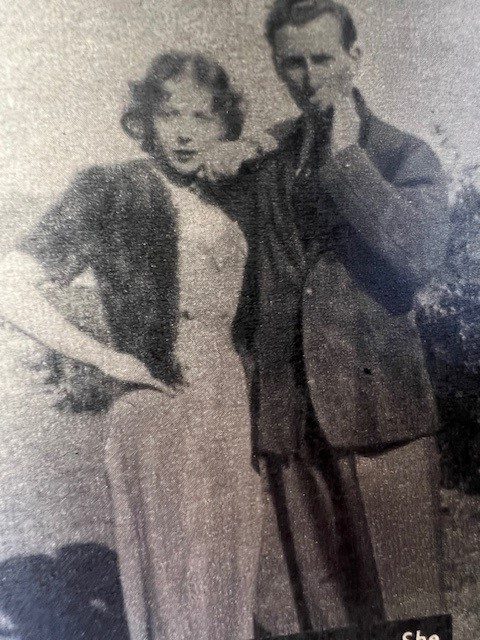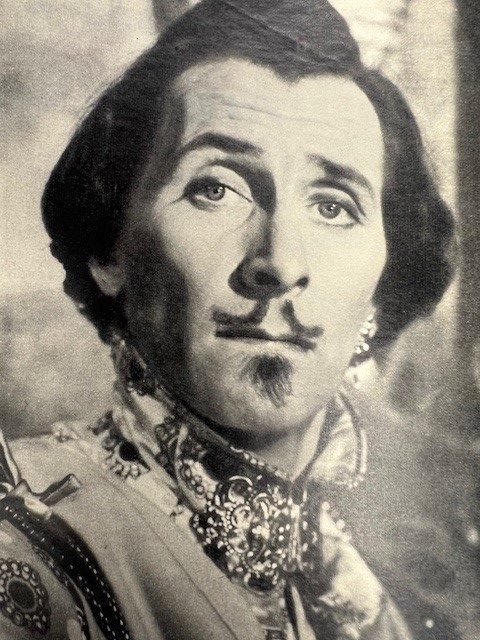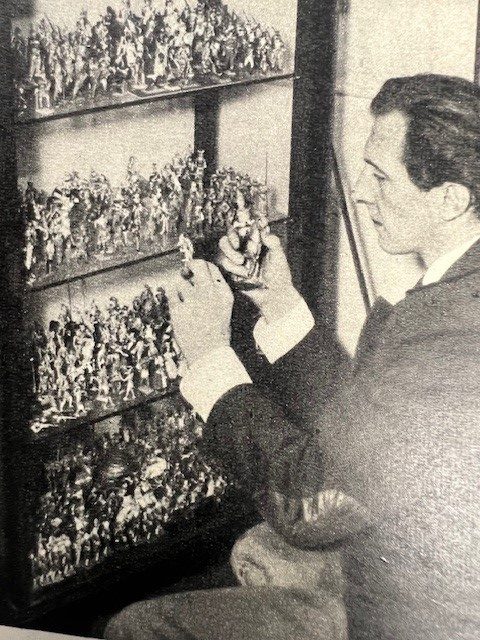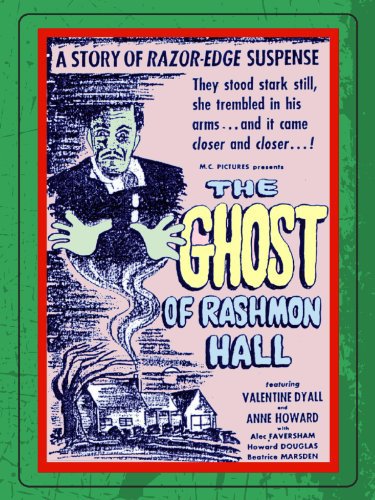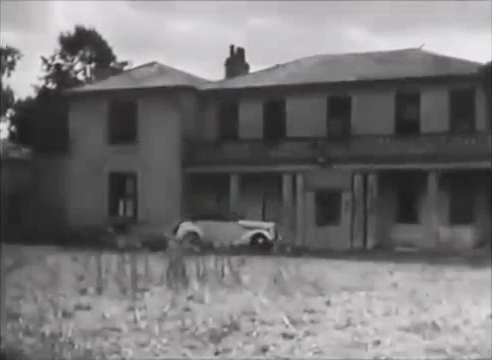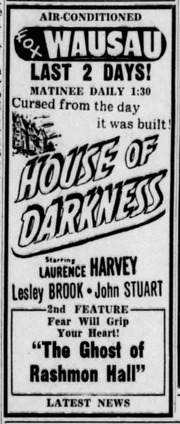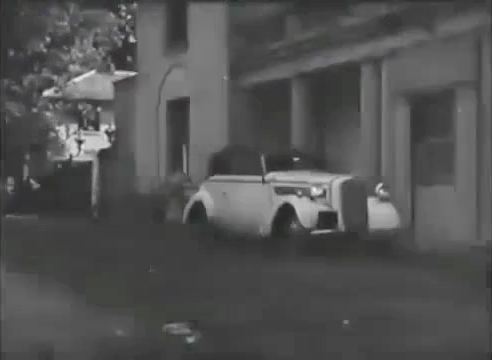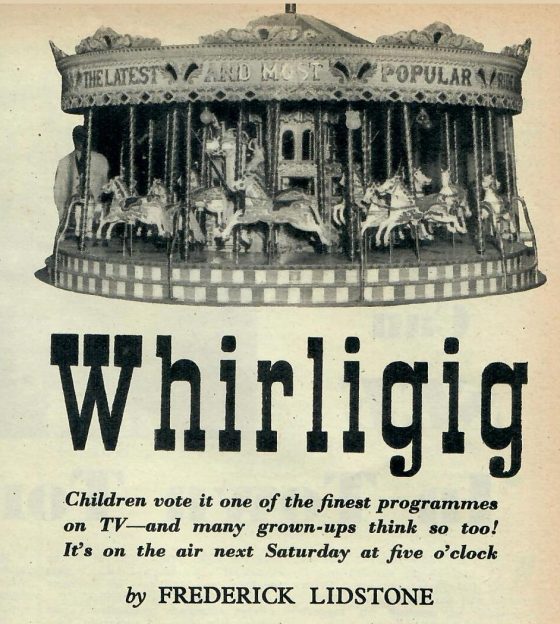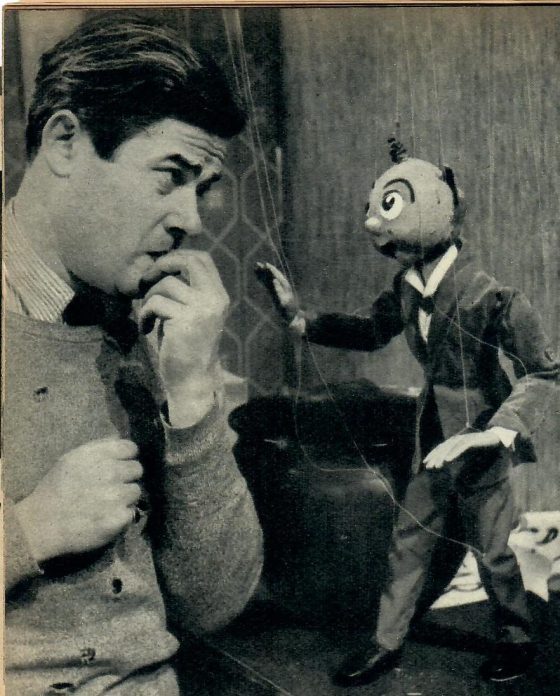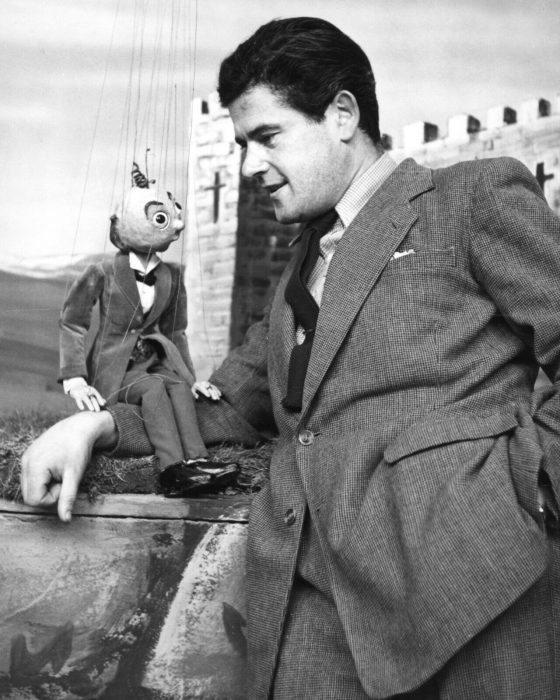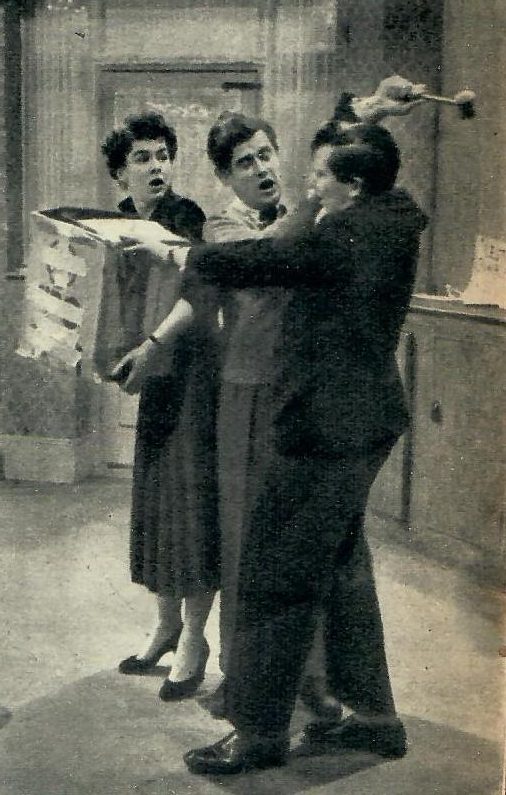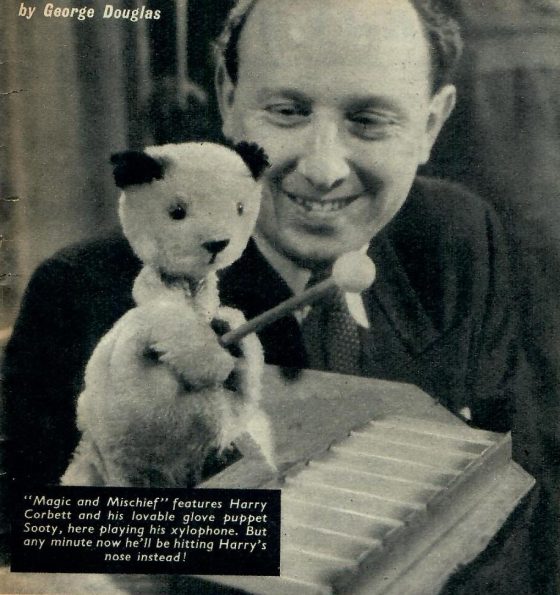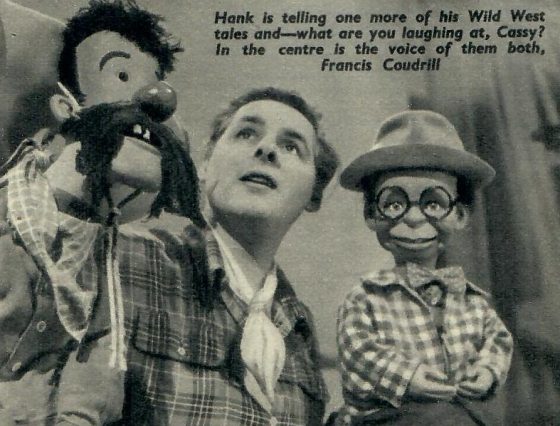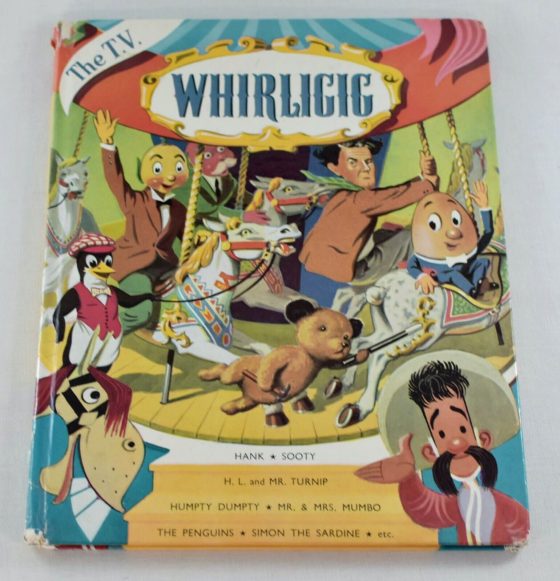This was on Talking Pictures TV last week – ‘The Delavine Affair’ from 1954
In the film, Peter Reynolds stars as a reporter who finds himself the number one suspect in a murder case, however he holds one important clue that links the murder to a recent jewel theft. He then turns detective in order to clear his name. Aiding him are his wife and photographer friend.
Peter Reynolds is very nearly in every scene and in this film, and unusually takes the role as the hero
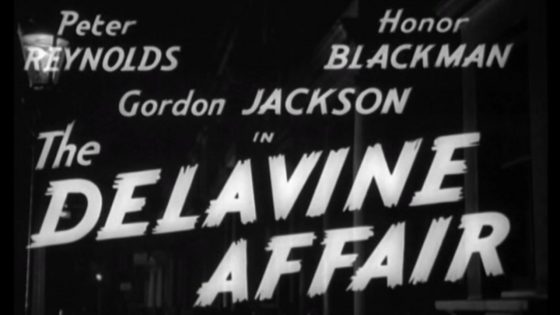

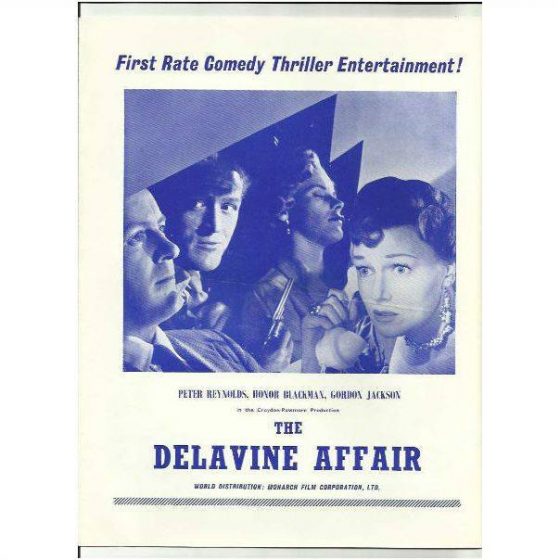
Honor Blackman has the leading female part as Peter Reynold’s wife. and it is a pleasure to see Katie Johnson here in a small role, just before she was to play her career-defining role in The Ladykillers.
The film is mostly studio-bound,
Rex Banner ( Peter Reynolds) is running a freelance reporting agency with his wife Maxine (Honor Blackman) One evening he gets a phone call from an old contact, Gospel Joe, telling him to visit, because he has some very useful information.
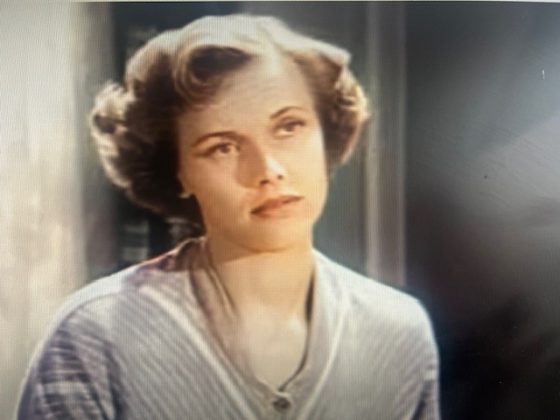
On reaching the old man’s flat, Rex finds the him dead on the floor, apparently having been battered with an iron bar. In his hand Joe clutches a news clipping about a major theft, a few months before, of the Delavine jewels.
Naturally Rex concludes that Joe was murdered for what he knew about the burglary.
Rex (Peter Reynolds) arrives for his rendezvous with Gospel Joe.
Just then Inspector Johnson (Neil) of the Yard arrives, having received a telephone tip-off that Rex would be there. It’s obvious someone is trying to frame Rex for the murder
Inspector Johnson (Peter Neil, left) questions Rex (Peter Reynolds)
A complete coincidence leads the journalist to diamond dealer Julius Meyerling (Swanwick), whom he instantly suspects of having been approached by the Delavine thieves. Meyerling denies the suggestion forcefully, but his sultry wife Lola (Vernon) seems to have more to tell—enough that Rex agrees to meet her later.
The trail eventually leads Rex to a remote farm in Ashdown Forest, about thirty miles from London, where deaf Fred Bissett (Daly) and his unnamed wife ( Katie Johnson) live as tenants. It is here that the diamonds are hidden, and here that the murderer is unmasked . . .
The Delavine Affair is quite an enjoyable little film but keep in mind what this was, a B feature, just over an hour long, with a small budget!
Honor Blackman a few years later earned what would become worldwide fame as Cathy Gale in the TV series The Avengers (1962–4) and then as Pussy Galore in Goldfinger (1964). Gordon Jackson is probably best remembered for his TV work as the butler Hudson in Upstairs, Downstairs (1971–5) and as secret service boss George Cowley in The Professionals (1977–83).
Michael Balfour was one of those stalwarts of UK stage and screen whose face became immediately recognisable. Michael had the most astonishing career – I remember that during the early fifties he seemed to be in nearly every drama on Television – one I recall was when he played ‘Mogs’ in ‘Gravelhangar’ a serial that over 6 weeks – very exciting for us youngsters at the time.
Last but certainly not least, not so long after The Delavine Affair Katie Johnson went on to achieve immortality as the sweet old widow Mrs. Wilberforce in The LADYKILLERS (1955).
Maxine (Honor Blackman), Rex (Peter Reynolds) and loyal photographer Sammy (Michael Balfour).
Peter Reynolds’s story is a sad one – he died at the age of just 53 in a tragic domestic fire thought to have been caused by his falling asleep while smoking a cigarette at his home in Sydney Australia in 1975
BELOW – These are TWO scenes from ‘The Last Page’ in which Peter played the ‘baddie’ – he was very good and sinister too
Here he is with Diana Dors
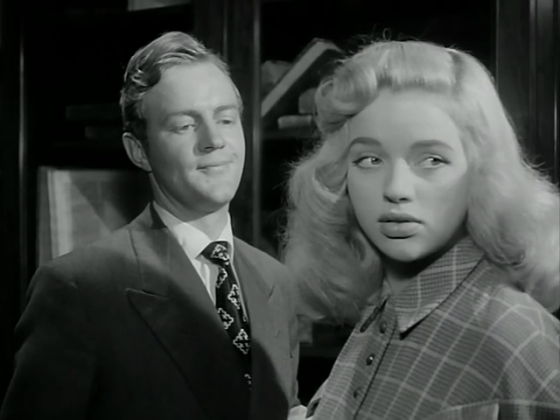
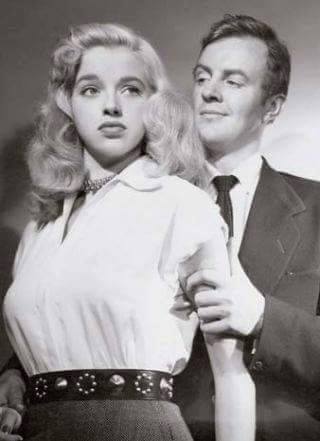
The Last Page

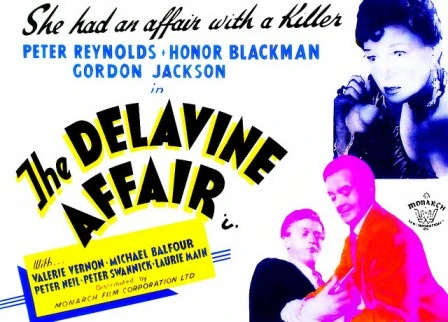
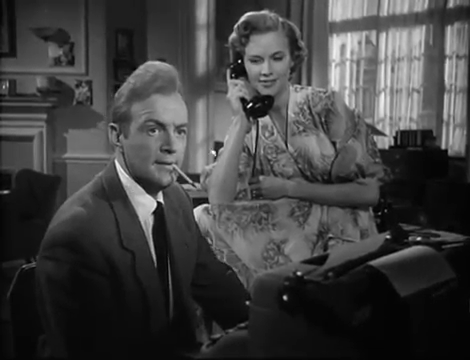
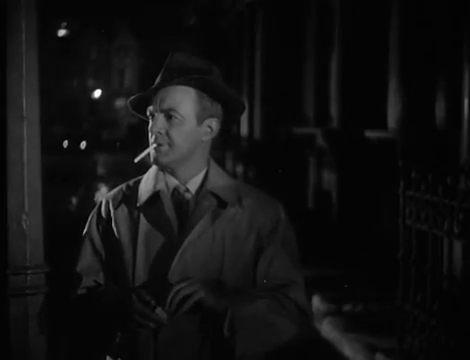
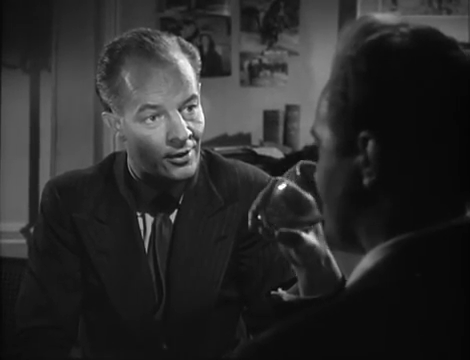
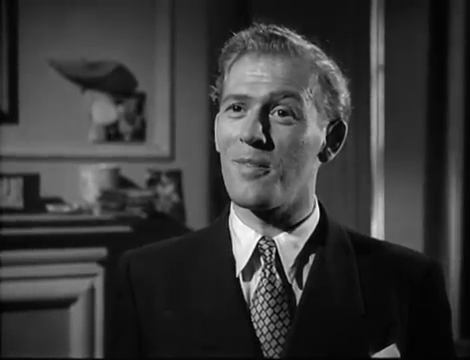
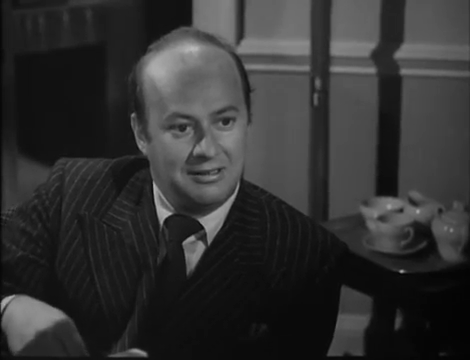
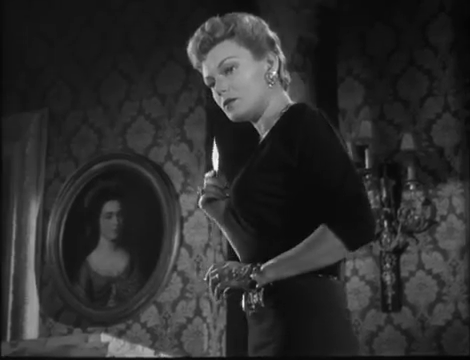
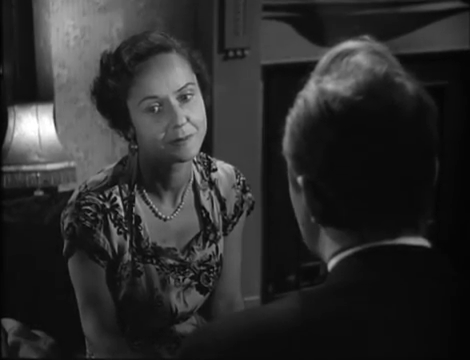
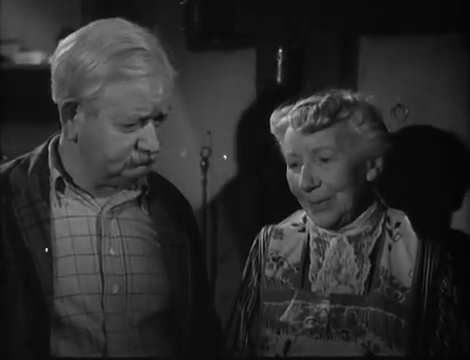
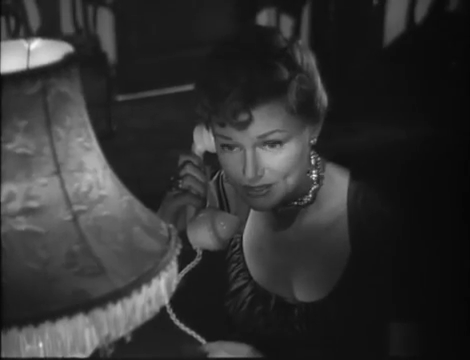
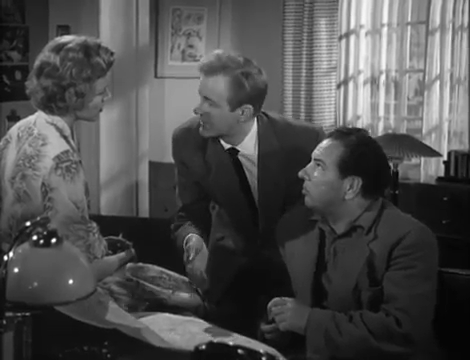

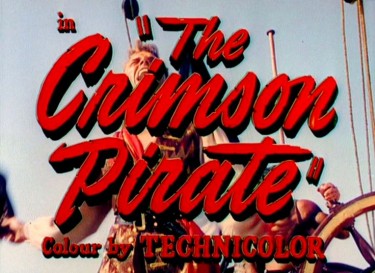
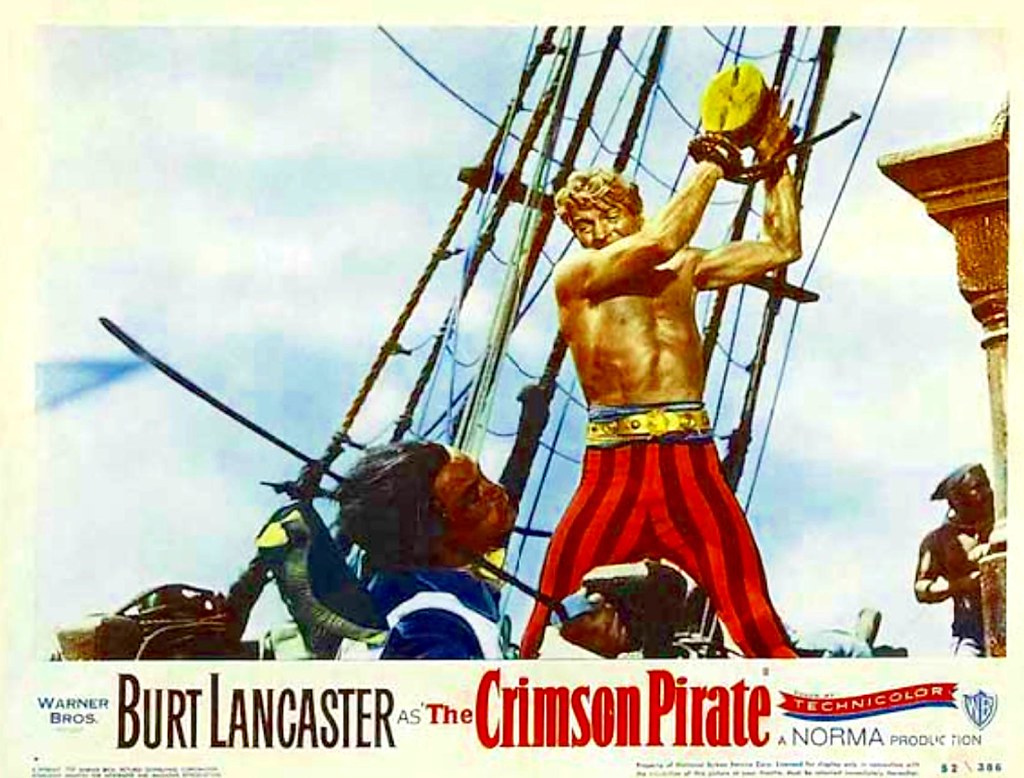

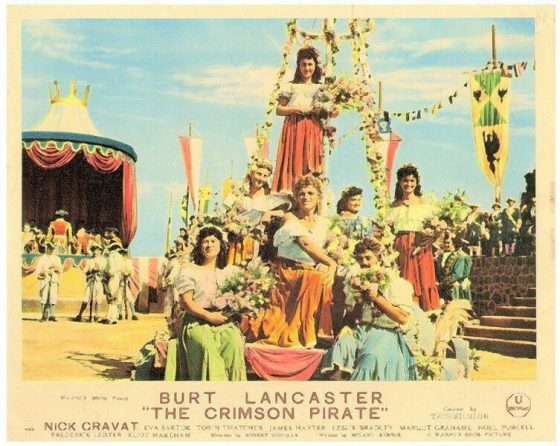
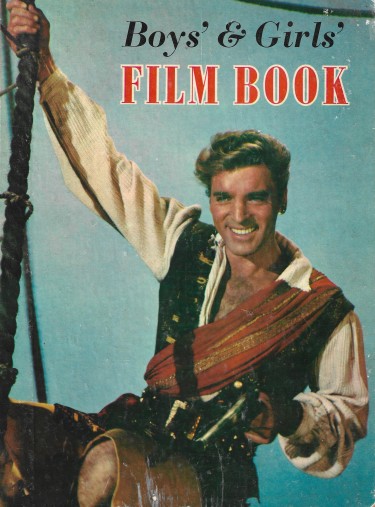
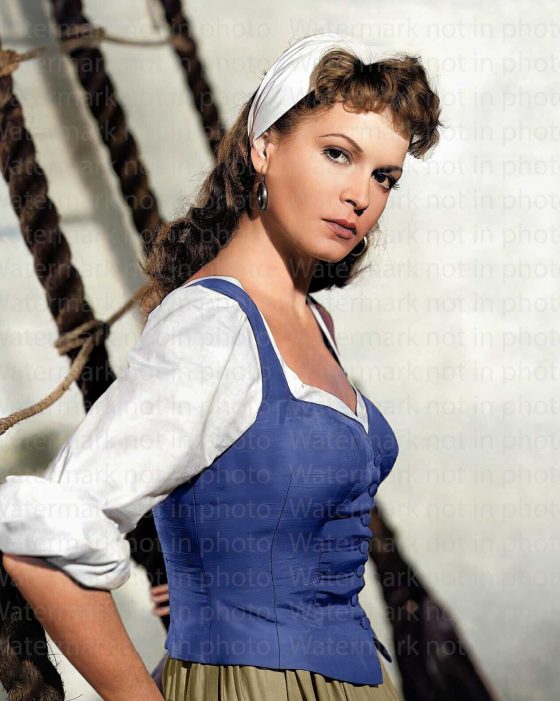
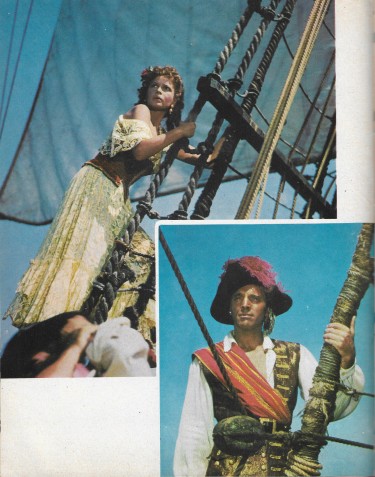
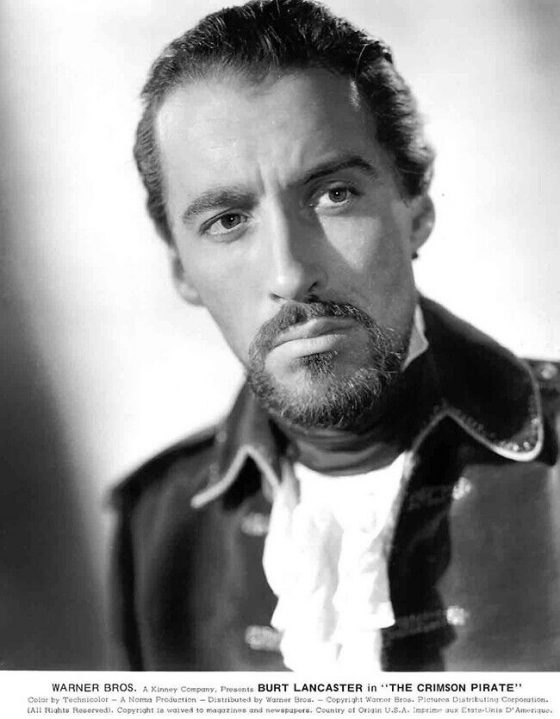
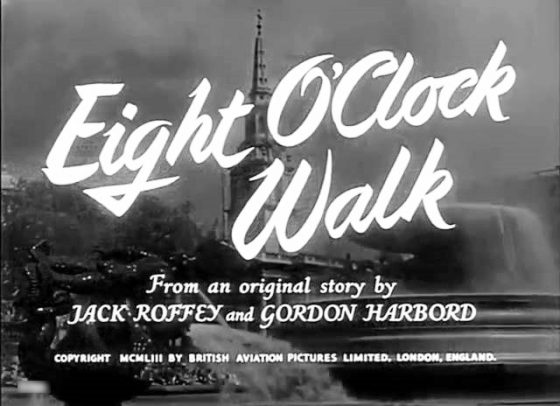
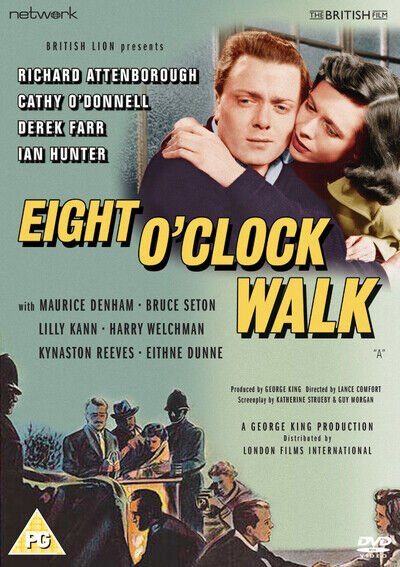
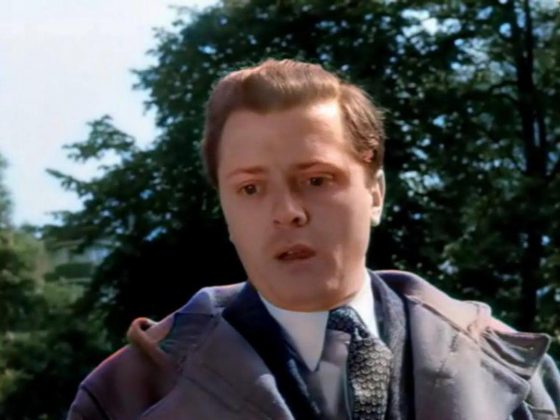
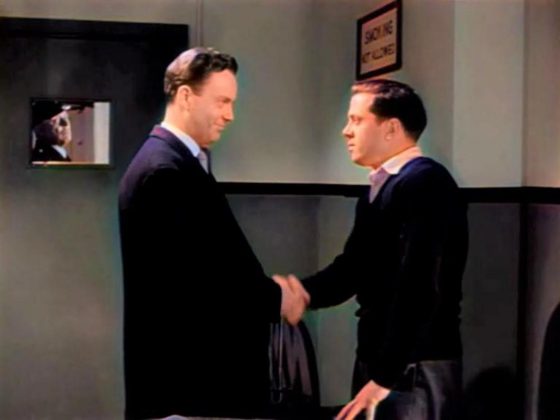
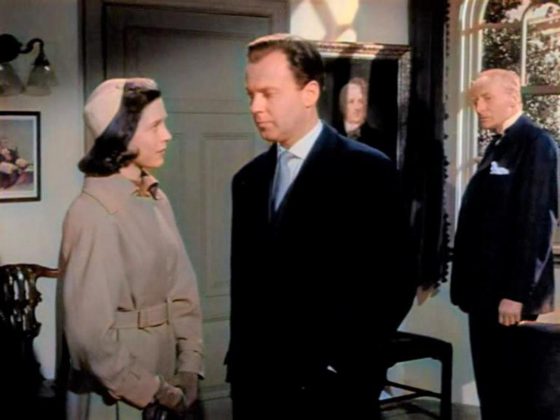

.png)
.png)
